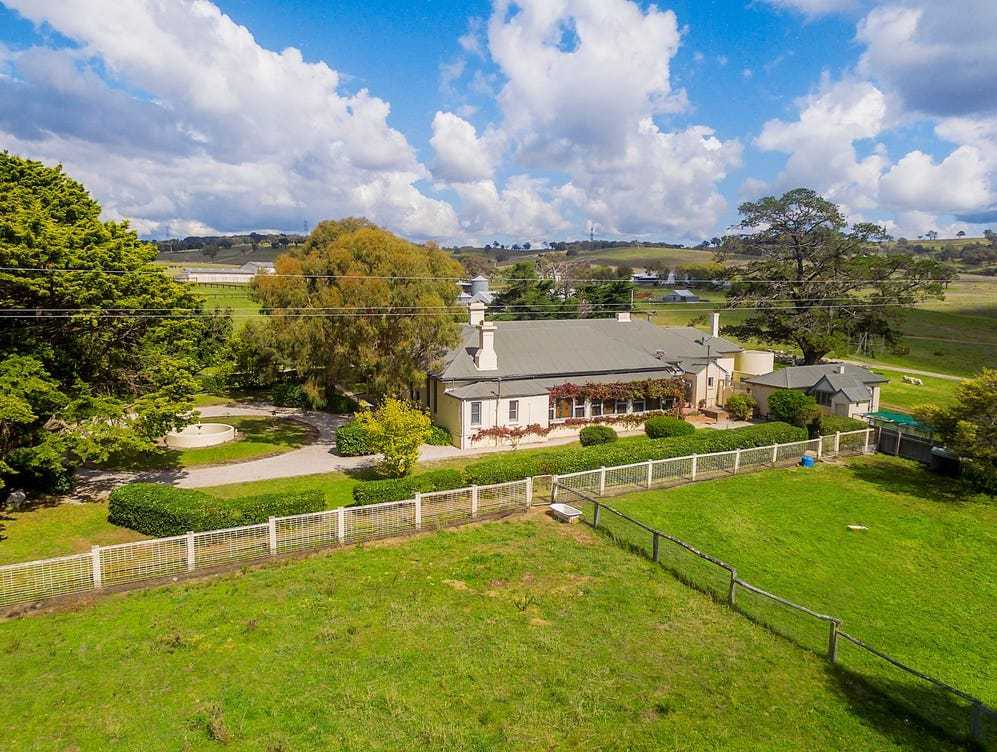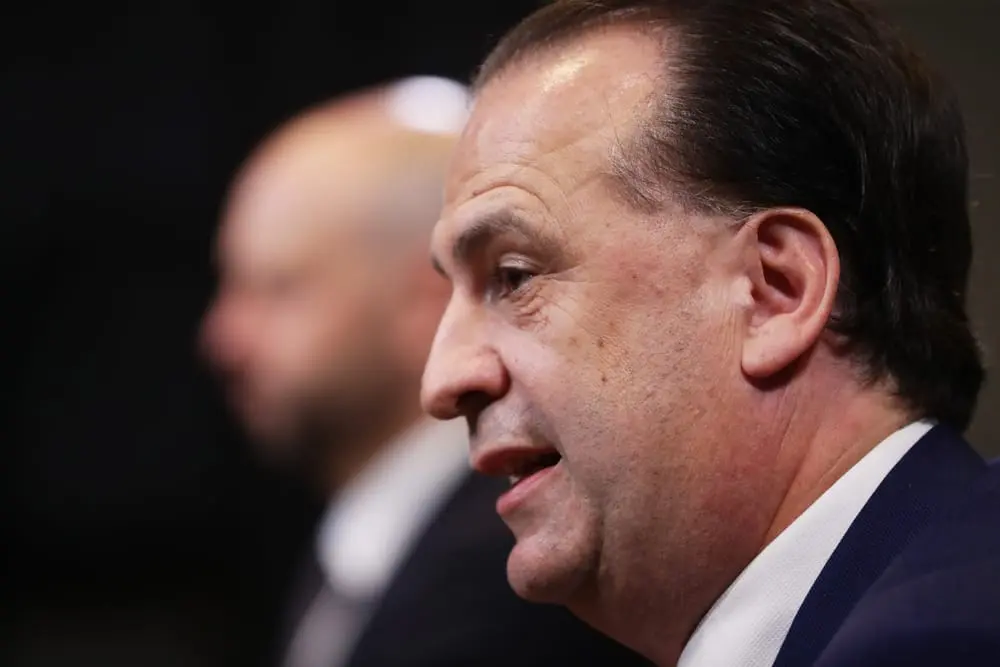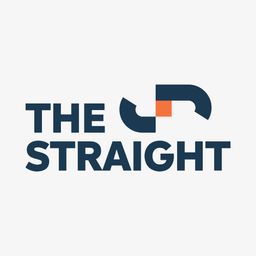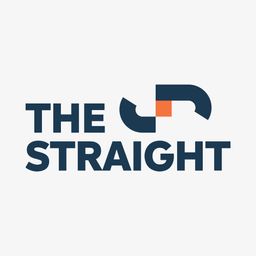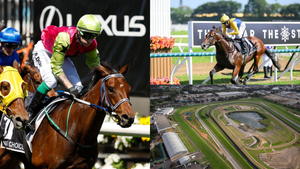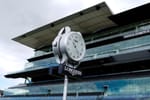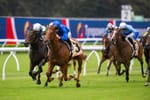Racing NSW has defied a softer wagering environment to push ahead with an aggressive prize money strategy, the regulator’s annual report has revealed.
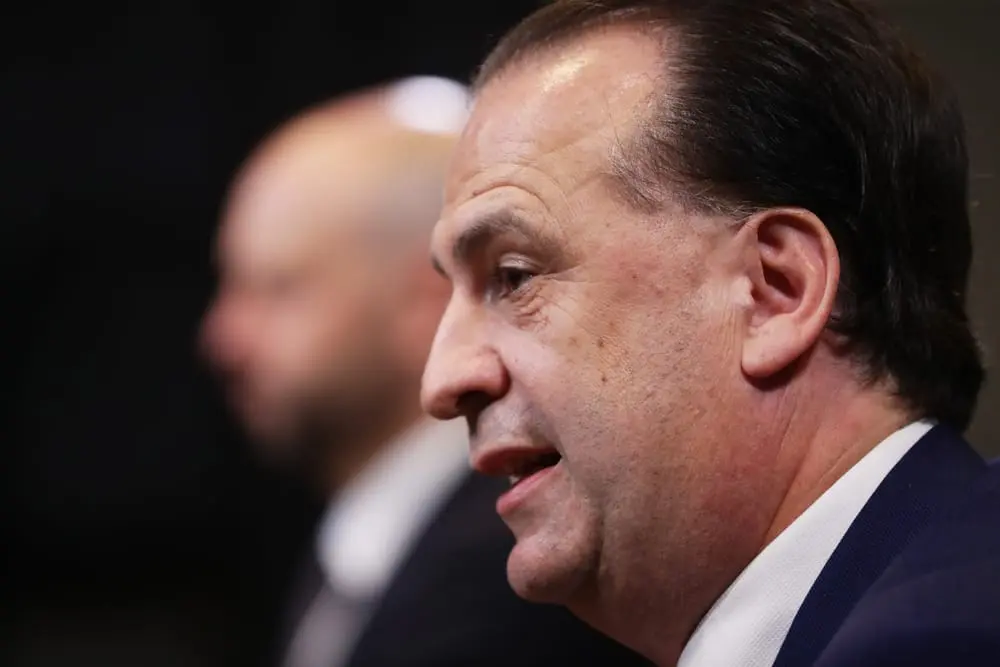
Despite Racing NSW’s revenue from wagering falling 5.7 per cent from $335 million in 2022/23 to almost $316 million last financial year, the governing body delivered an 11 per cent increase in prize money during 2023/24.
Overall industry figures, including the distribution of TAB funding directly to race clubs, showed wagering revenue in NSW fell 6 per cent from $512 million in 2022/23 to $481 million.
Returns to owners, trainers and jockeys through Racing NSW increased $36 million year-on-year from $371 million to $407 million.
Overall, Racing NSW reported an operating surplus of $12.6 million for the financial year - up from $11.9 million in 2023.
Chief executive Peter V’landys said a blueprint established a decade ago to grow industry funding continued to maximise returns despite uncertain times in the wagering industry.
Since the end of the pandemic betting boom, cost-of-living pressures and interest rates have affected household discretionary spending.
Increased taxes on wagering are also starting to impact, contributing to an across-the-board fall in national turnover on racing of between 7 and 10 per cent.
“Importantly, these long-term strategies have enabled Racing NSW to again increase prizemoney by 11 per cent in the 2023/24 financial year despite the challenges presented by a tightening economy and regulations impacting wagering,” he wrote in the annual report.
“Without these increases, the continued investment by owners would not have been viable and the volume of horses in training would have drastically declined.
“Ownership of horses is expensive and there is still a significant disparity between total prize money paid and the total costs of ownership and it is important that Racing NSW continues in its efforts to defray these costs as much as possible.”
"These long-term strategies have enabled Racing NSW to again increase prizemoney by 11 per cent in the 2023/24 financial year despite the challenges presented by a tightening economy and regulations impacting wagering." - Peter V'landys
Despite a reduction in wagering revenue that is in line with a national trend, Racing NSW has continued a focus on prize money increases, partly using funds set aside as provisions to maintain its strategy.
Provisions are expenses listed on a balance sheet under liabilities and their use at Racing NSW attracted scrutiny during the opening day of a parliamentary inquiry into the proposed sale of Rosehill.
Former NSW auditor-general Tony Harris called for the select committee to examine what he called the over-sighting provisions that applied to the regulator.
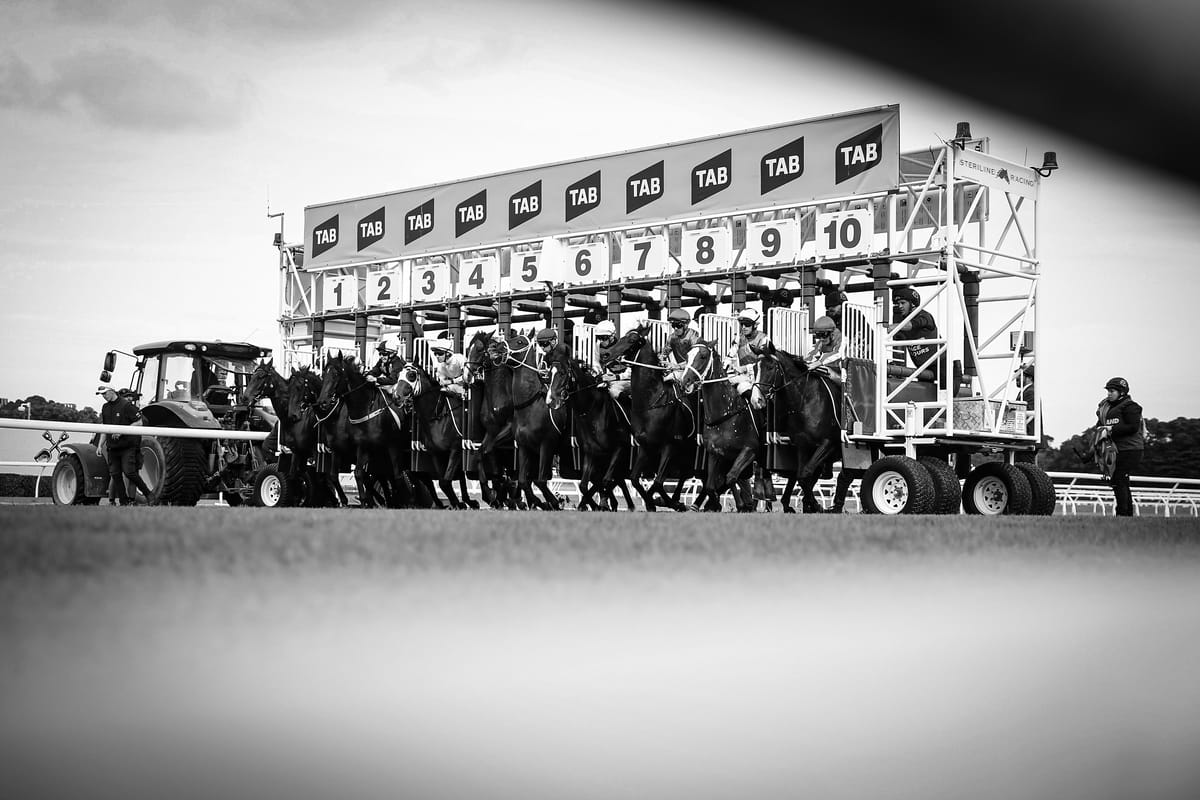
In 2022/2023, Racing NSW set aside $41.3 million for a fund known as a prize money sustainability provision but it did not add to that fund in 2023/24, according to the annual report.
Prize money provisions sat at $105.4 million at the end of the 2023/24 financial year.
The Everest, which V’landys says provides an “incredible halo effect for the whole NSW thoroughbred industry”, had its prize money lifted from $15 million to $20 million in 2023/24 in the most significant stakes increase for a single race.
Racing NSW also introduced the inaugural King Charles III Stakes, offering a $5 million purse, to complement the Everest meeting.
According to Racing NSW figures, the weight-for-age contest was ranked as the fourth highest betting race during 2023/24 behind The Everest, the Golden Eagle and the Golden Slipper.
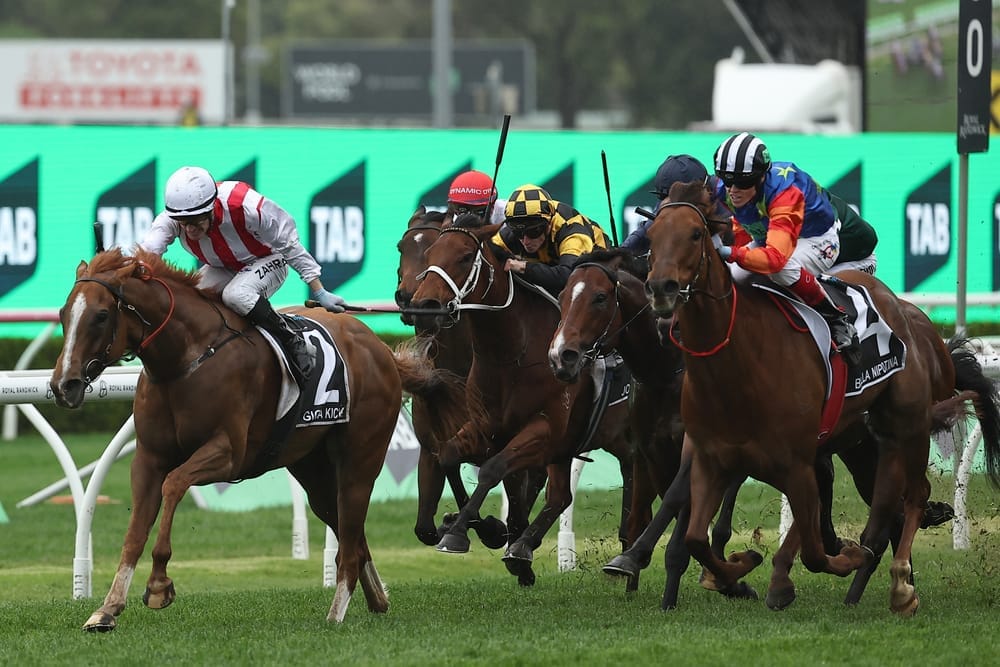
The minimum prize money for Group 1 races in NSW increased from $600,000 to $750,000, with Group 2 events rising from a base of $250,000 to $300,000.
Group 3 races now carry a minimum $250,000 purse, with Listed events worth at least $200,000.
V’landys said of the 10 most wagered NSW thoroughbred races during 2023/24, new, revitalised or rebadged spring races accounted for 65 per cent of wagering turnover.
Racing NSW figures show that $149 million was allocated for current approved works.
Of most significance is the confirmation that the construction of 300 stables on Racing NSW-owned Scone racecourse land commenced in June 2024,
Recent capital developments include installing an inner track at Kembla Grange that is expected to be open for racing early next year, allowing for a major renovation of the course proper.
A rebuild of the Port Macquarie track was completed while Gosford is expected to be ready for a return to racing in early 2025 after a major renovation.
In addition to racetrack upgrades, the annual report confirmed that Racing NSW has purchased more than 100 stables across the state.
The stables, leased back to trainers, are part of a Racing NSW real estate portfolio valued at at least $150 million.
“In total, 114 stables have been brought back online through these purchases which has further increased horses in training in the metropolitan and provincial areas,” V’landys said.
On welfare, Racing NSW reported that $4.4 million had been spent on its thoroughbred rehoming programming, compared to $3.5 million in costs during 2022/23.
More than $5.5 million was generated in revenue from a 1.5 per cent prize money deduction to subsidise the scheme after it raised more than $4.8 million in 2022/23.
